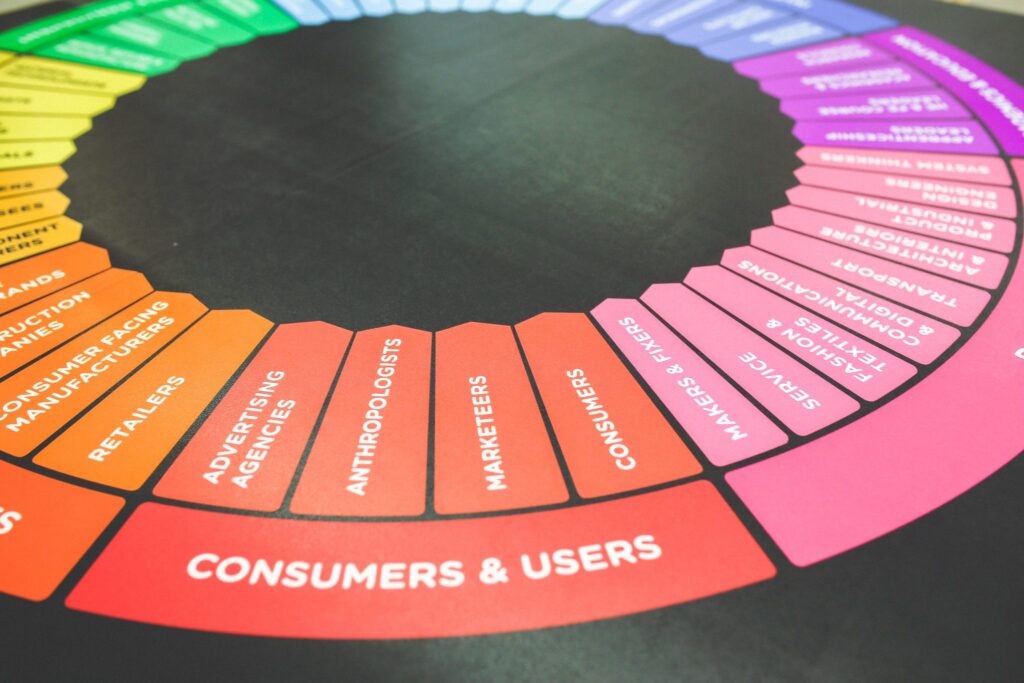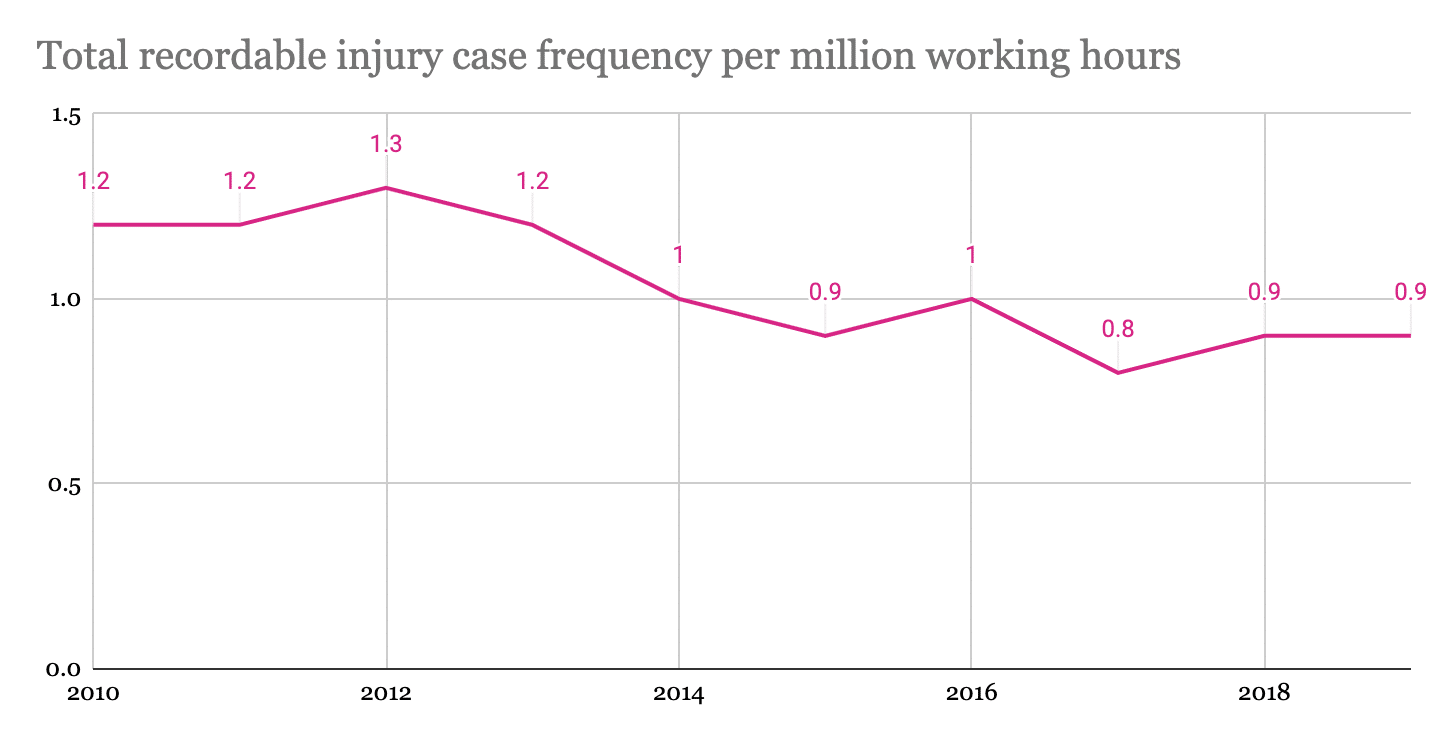In part one we covered the ways to up-skill your organisation to move towards becoming more customer centric.
Enable your organisation to become customer centric – Part 2
Enable your organisation to become customer centric – Part 2
In part one we covered the ways to up-skill your organisation to move towards becoming more customer centric.

Meet the author
In part one we covered the ways to up-skill your organisation to move towards becoming more customer centric. Here we tackle a less tangible aspect of aligning a cultural shift to new found learning, to make customer centricity a repeatable practice going forward.
The transformation objective of becoming customer centric requires a renovation of an organisation’s soft skills and values to reach that goal. Change of this style does involve the up-skilling of customer focused understanding but really needs a shift in the overall way of working culture to make the best transition possible.
A company culture influences the decisions staff make day to day. Putting customer centricity aside for a minute, let’s look at a firm that successfully pushes their desired culture onto staff. Anyone that has worked with Royal Dutch Shell will have seen how a culture of safety is reinforced into every piece of decision making. Whether you work on the oil rig or sit at a desk all day the company instigates a culture of worker safety. At first it can seem obsessive to dictate people must hold the handrail on the stairs but the evidence speaks for itself. Clear results for honing in on a key cultural area:

As well as pushing safety messaging and measures onto staff, incentives see safety metrics forming part of employee reward packages. It comes as no surprise that staff reinforce this culture informally across their working day.
Looking at safety through a customer centric firm’s lens, energy supply compBulb Energy has worked on reassuring customers that a home visit engineer can have their identity be easily validated. They allow customers to organise code words** of their own choosing for the engineer to reference at arrival. Physical ID is both forgeable and also not quickly cross reference-able and Bulb have addressed this pain point for customers to make a service design tweak that puts the customer at the centre of their own reassurance.
Shell & Bulb are quite far developed in their desired cultures. It can be trusted that employees will embody the correct values and principles in their work. Where firm’s feel they are further off the mark, the battle to get past culture inertia, to push a new way of thinking over the line, becomes substantial.
Optus, the 2nd largest telecoms company in Australia, believes that their corporate culture led their business down the wrong path in a consumer driven market. Optus vice president of customer care Mark Baylis said “We recognise organisations often design their operating model based on efficiencies rather than really placing customers at the centre of the experience…we were no different”*** A shift in culture around supporting the client properly rather than cheaply is their shift towards centricity. This is leading Optus to restructure their customer service model to introduce a new model of client dedicated support teams featuring cross functional staff to support customers in their contact centre requests. It should remove handovers and improve continuity and understanding. Clearly a step away from 1st/2nd/3rd line service centre models.
The culture companies like Optus are chasing is one of balance. Businesses still need to be profitable and efficient but want the customer at the forefront of conversations and decisions. It is key to not have employees behave in such a prescribed way it leaves no room for interpretation or innovation to deal with unpredictable customer needs. The culture should be based on principles and behaviours that the company can encourage.
To begin to foster and nudge an organisation’s culture towards a customer centric goal the below recommendations will help start to create that balance of explaining but not dictating a customer driven approach:
- Decide where the business is on its CX-centric transformation journey. Check that your customer strategy is fully complete before making this call and ask employees whether they understand the direction. Decide if behaviours need to change incrementally because there is risk people are fatigued hearing about the launch of CX5.0 or is a major reset necessary? As seen with Optus, they feel a big bang of a new organisation structure and operating model is the right way to go.
- Keep CX vision and strategy from senior leaders at the forefront of major company updates for years rathers than months. Keep updating on where the business is on its CX centric journey, what does it mean for the different areas of the business now, and what are the next challenges?
- Make the customer relevant. Organise staff of all types to meet customers. Ensure sessions are facilitated and organised by a specialist CX team. Work on them being engaging, relatable, and beneficial to both customer and employee. Work with the customer to bring together relevant areas of both businesses.
- Utilise customer related metrics to judge progress of culture transformation. Draw out correlations between culture change initiatives and movements in satisfaction scores. Expect slow and steady progress if you feel the culture needs fundamentally shifting. Culture is so hard to contextualise and in large organisations can vary internally; so think about using metrics to decide what initiatives have the most effect on change, through testing with different cohorts.
- Repeat and contextualise executive’s CX-centric messaging to help the cultural change stick by keeping the topic fresh in the business. Build an internal brand responsible for educating, applauding, and rewarding staff on becoming CX centric. As seen with Shell shaping and incentivising clear behaviours will lead to staff role modelling to each other.
Culture can feel so unwieldy to tackle, but with persistent effort, messaging, and incentivisation organisations, even large ones, can reach their goals. This prolonged consistency of change managing the culture shift does still require the other pain points of becoming customer centric to be addressed, as stated in part one. Ensure there is enough CX expertise in the organisation to support initiatives, provide tailored CX learning, and don’t neglect the change management to embed behavioural and cultural change to make customer centricity a repeatable practice going forward.

